FARO Industrial fans


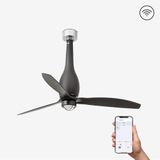
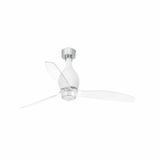
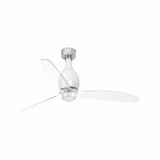

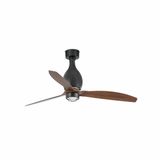

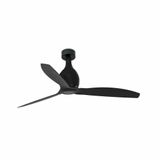


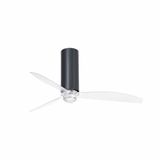
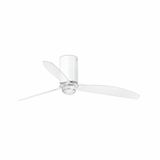


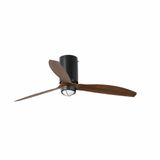


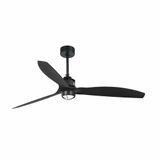
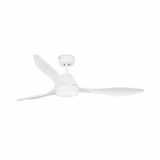


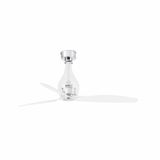
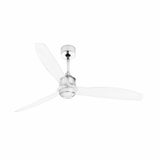



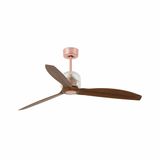
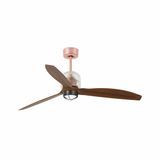
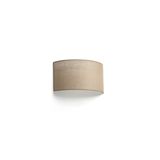
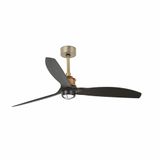






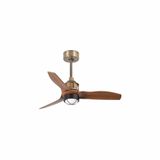



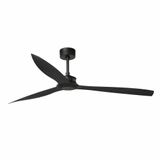






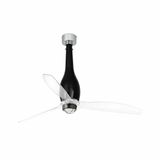
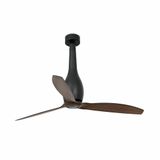



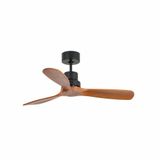
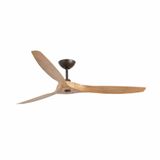

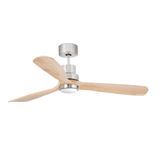


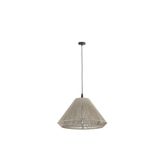
Faro Industrial Fans — Air Movement for Heavy-Duty and Commercial Environments
Industrial ventilation is one of those things nobody notices until it stops working. In workshops, warehouses, or production halls, steady airflow keeps machines and people within tolerance. Faro industrial fans — ceiling, wall, or axial types — serve that unglamorous but essential role. In practice, they’re built for continuous operation, where downtime costs more than hardware. For installers and procurement managers, this category matters because proper fan sizing, motor efficiency, and housing durability determine both energy consumption and comfort on the floor.
Technical Characteristics of Faro Ceiling and Ventilation Fans
- Supply voltage: 230 V or 400 V AC depending on model; single-phase for small spaces, three-phase for large hall installations.
- Mounting formats: ceiling-suspended, wall-mounted, or duct-integrated; steel or aluminum housings with protective coatings.
- Motor type: asynchronous motors with external rotor or direct-drive designs; optional variable-speed control for airflow adjustment.
- Blade material: sheet steel, aluminum, or reinforced composite; balanced for low vibration and reduced noise.
- Protection class: IP44 to IP55 — adequate for dusty, semi-humid, or factory environments.
- Operating temperature range: typically from –20 °C to +50 °C.
- Airflow capacity: models range from 3 000 m³/h for compact workshops to over 30 000 m³/h for open industrial floors.
- Standards compliance: CE and EN 60335/EN 60034 mechanical and electrical safety compliance for industrial ventilation fans.
Most units arrive prewired for quick connection to control panels. In practice, installers appreciate that Faro ventilation fans include balanced rotor assemblies — less vibration means longer bearing life and fewer callbacks.
Practical Field Applications
Take a medium-sized woodworking shop — high dust load, variable occupancy. A pair of Faro industrial ventilators on the ceiling pulls the warm layer down in winter and keeps fine dust moving toward extraction ducts. The energy payback shows up on heating bills more than marketing charts. In a metal fabrication hall, the same model used for air recirculation extends machine life by stabilizing temperature near electrical cabinets.
You’ll also see these fans in gymnasiums, parking structures, and commercial kitchens — anywhere that constant air exchange matters more than polished aesthetics. Heavy-duty fans from this line tolerate vibration, uneven mounting surfaces, and long-duty cycles. From an installer’s view, you mount, level, secure wiring, and they just run. Seen worse, and replaced plenty worse too
Procurement Insights for Faro Industrial and Commercial Fans
Procurement teams usually approach this category from two angles — air performance and logistics:
- Model range: ceiling vs wall-mount; axial vs centrifugal. Selecting the right airflow curve saves energy and noise.
- Motor efficiency: buyers look at IE2/IE3 efficiency classes — the few extra euros per unit pay back quickly in continuous operation.
- Control options: compatibility with speed regulators, thermostats, or automation relays. In mixed installations, matching the control interface avoids wiring confusion.
- Noise level: for workshops near offices or retail zones, keeping dB(A) below 65–70 is usually the spec limit.
- Material durability: procurement often checks anti-corrosion coating class, especially for coastal or humid zones.
- MOQ and packaging: industrial fans ship one per box; bulk orders typically palletized for crane or forklift unloading.
- Lead time and availability: large facility upgrades require predictable delivery — standard Faro factory fans are often stocked, while special diameters or voltages may need short production cycles.
- Spare parts and interchangeability: common motor housings and impeller designs mean easier maintenance; procurement teams appreciate when models share bearings or capacitor kits across the line.
In real operations, consistency beats variety. Standardizing on a single fan family simplifies service stock, and Faro’s mechanical uniformity supports that.
Integration in Industrial Air Systems
For engineers designing plant airflow, Faro industrial air movement solutions slot cleanly into mixed systems. Ceiling-mounted units circulate air to prevent stratification; axial ventilators move process heat toward exhaust zones; wall-mounted commercial fans manage cross-ventilation. Each plays a role in maintaining safe working temperatures and improving indoor air quality without complex duct networks.
You’ll often see them paired with lighting trusses or suspended rails — light enough for shared mounts, stable under vibration. From experience, mounting them above 6 m with vibration isolators and flexible conduit makes maintenance easier and extends bearing life.
Bank of Lamps Supply Advantages
All Faro industrial fans and ventilators are stocked in our central warehouse in Latvia and distributed throughout the UK, Germany, Netherlands, Baltics, France, Spain, and Belgium. For contractors and system integrators, that means steady availability, bulk-ready quantities, and shipping that aligns with project schedules. Orders go out fast, documentation’s in order, and replacements match exactly.
In the end, industrial ventilation isn’t about looks — it’s about keeping air moving, motors running cool, and downtime low. Faro industrial fans do that reliably, which is what every engineer actually needs.